Georgia’s Most Unique Tunnel Has A Past Locals Can’t Stop Talking About
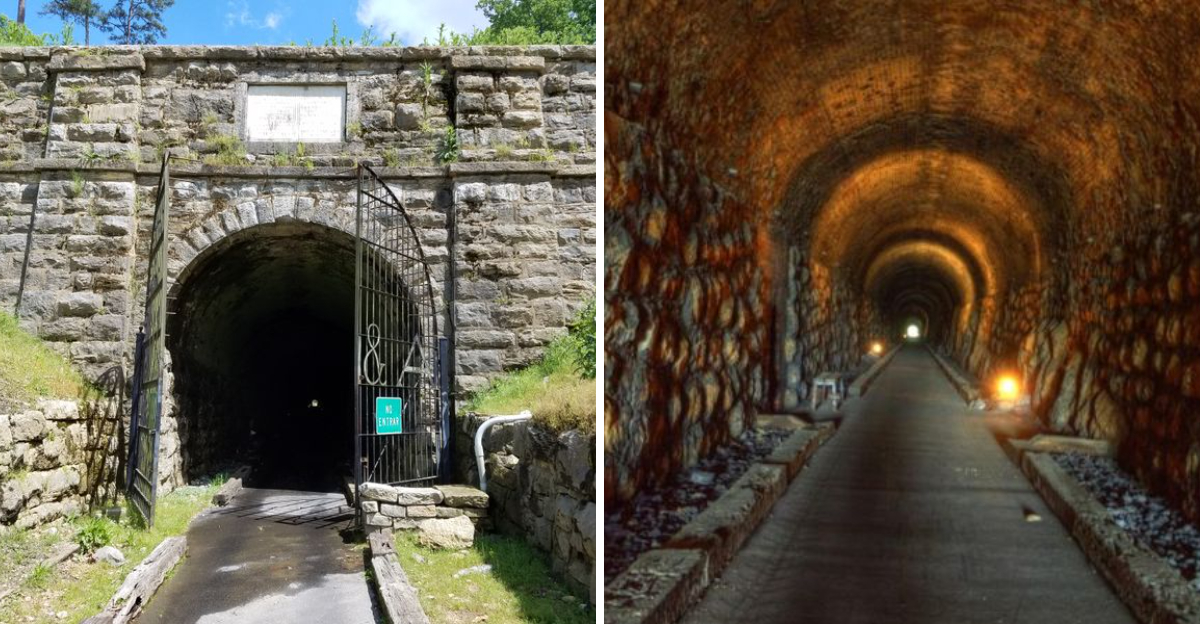
Hidden in the hills of North Georgia sits a tunnel that has witnessed more history than most museums. Chetoogeta Mountain Tunnel isn’t just a hole through rock, it’s a time capsule carved by hand, fought over in war, and whispered about by generations.
Locals can’t help but share stories about this engineering marvel that changed everything for their region.
The First Railroad Tunnel In The South
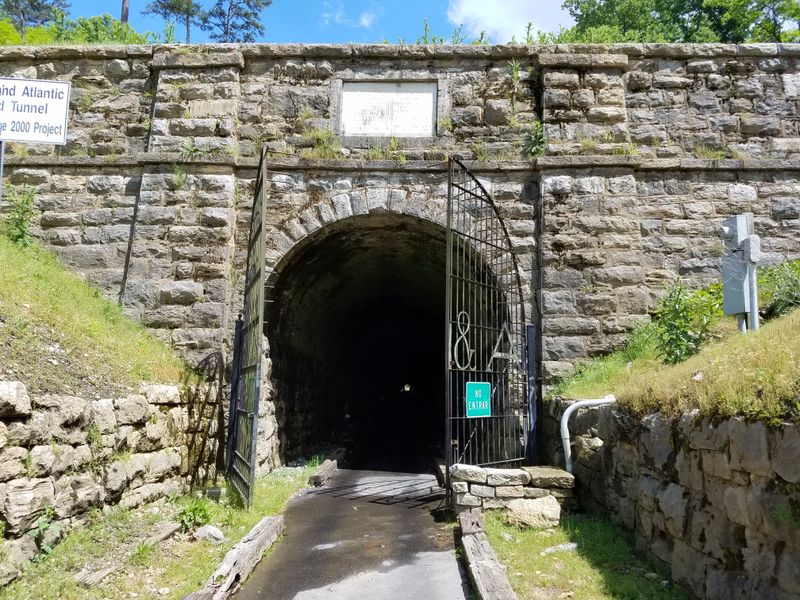
Back in 1849, workers finished something nobody in the South had ever seen before. Chetoogeta Mountain Tunnel became the very first railroad tunnel south of the Mason-Dixon Line, and people traveled from all over just to gawk at it.
Carving through solid rock without modern machinery was basically like trying to eat soup with a fork—ridiculously difficult. Yet somehow, these determined folks pulled it off using nothing but hand tools, explosives, and sheer stubbornness.
This tunnel proved that Southern engineering could compete with anything up North, opening doors for railroads across the entire region.
The Tunnel That Gave A Town Its Name
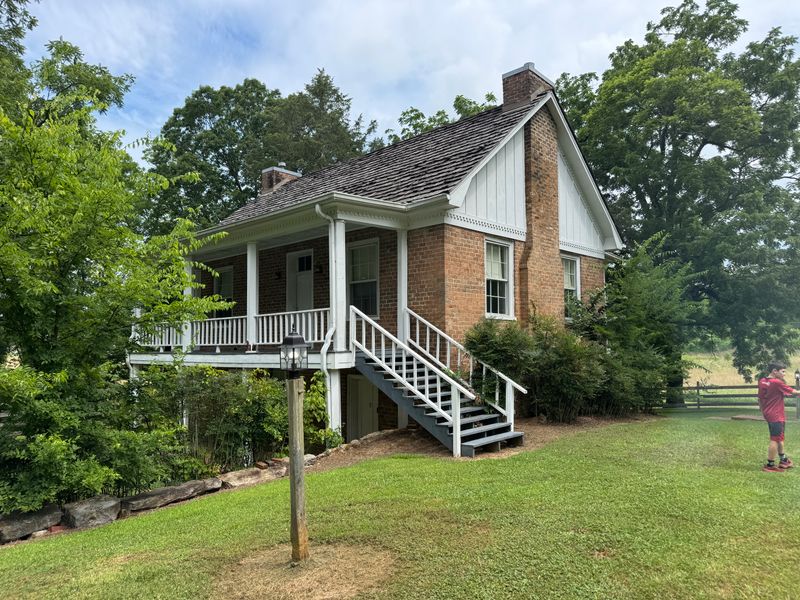
Ever wonder how Tunnel Hill, Georgia got its quirky name? Spoiler alert: it wasn’t from a mole convention.
The town literally named itself after Chetoogeta Mountain Tunnel because this engineering wonder became the biggest deal around. Before the tunnel existed, the area was just another spot on the map that nobody talked about at dinner parties.
Once trains started rumbling through that mountain, the community exploded with businesses, homes, and excitement. Today, residents wear the tunnel’s legacy like a badge of honor, and honestly, who wouldn’t want their hometown named after something this cool?
A Key Player In The Great Locomotive Chase
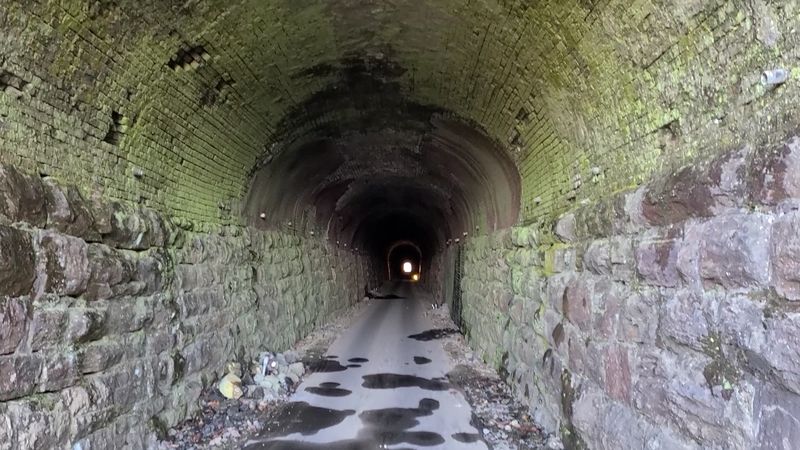
April 12, 1862: Union spies stole a Confederate locomotive called The General and kicked off the wildest train chase in American history.
Chetoogeta Mountain Tunnel played a starring role in this Hollywood-worthy drama. The raiders hoped to destroy the tunnel and cripple Confederate supply lines, which would’ve been a game-changer for the war effort. Confederate soldiers chased them relentlessly, and the tunnel became a crucial point in this high-stakes pursuit.
Though the Union raiders failed to blow it up, the chase became legendary, spawning books, movies, and endless retellings around campfires.
Hand-Carved Stonework That Still Shows The Scars
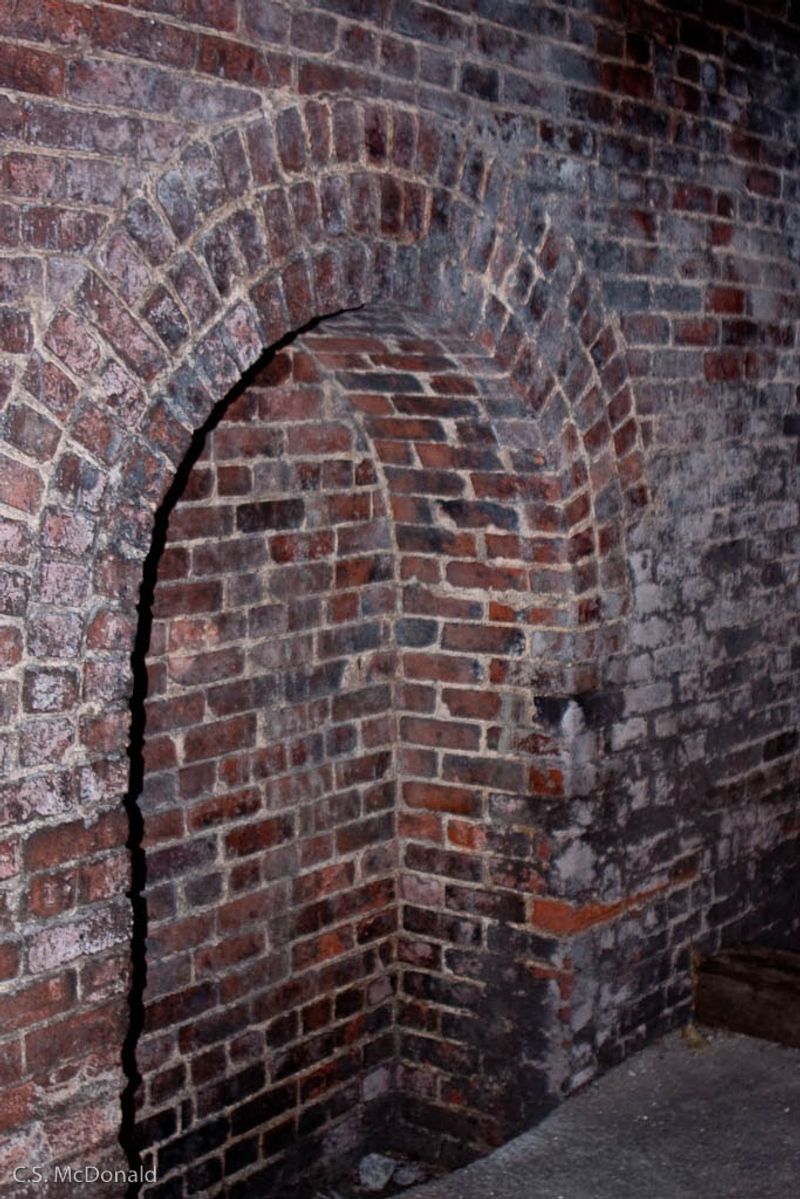
Run your fingers along the tunnel walls and you’ll feel history beneath your fingertips. Every chisel mark tells a story about workers who spent years attacking this mountain with hand tools that would make modern construction crews weep.
These scars aren’t damage—they’re signatures left by laborers who probably complained about their backs as much as we complain about Mondays. The stonework remains remarkably intact, showcasing craftsmanship that puts some modern work to shame.
Visitors often stand mesmerized by these marks, realizing they’re touching the exact same spots workers carved over 170 years ago.
A Civil War Supply Lifeline For Both Armies

Wars run on supplies, and Chetoogeta Mountain Tunnel became the ultimate delivery route for whoever controlled it. Confederate forces relied heavily on this passage to move troops, weapons, food, and basically everything an army needs to keep fighting.
When Union forces captured the area, they immediately recognized the tunnel’s strategic importance and used it for their own supply chains. Control of this tunnel literally meant control of the region’s military operations.
Both sides understood that blocking this passage would strangle the enemy’s ability to wage war effectively in North Georgia.
A Parallel Tunnel Was Built When The First Became Too Small
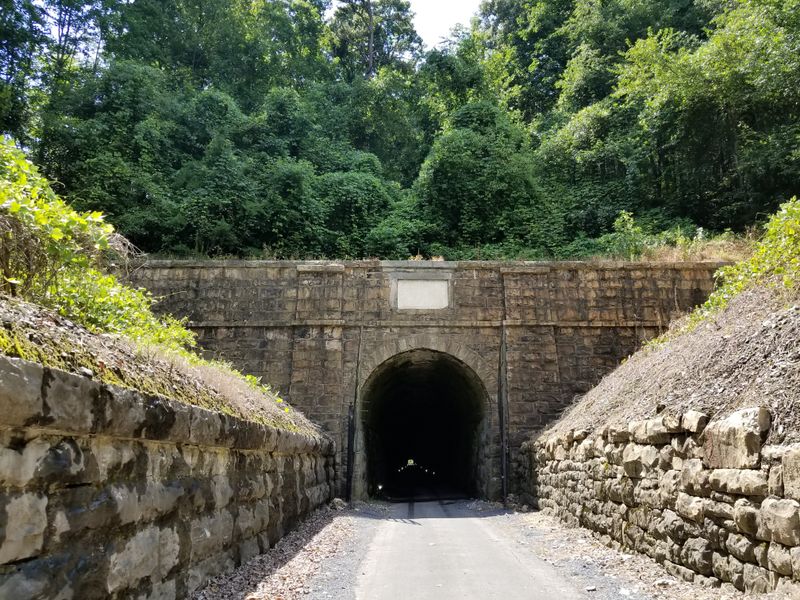
Success creates its own problems, and by 1928, the original tunnel was basically suffering from a serious case of being too popular.
Trains had gotten bigger, traffic had exploded, and squeezing everything through one tunnel was like trying to fit an elephant through a doggy door. Engineers decided the smartest move was building a second tunnel right beside the first one, doubling capacity without abandoning the historic original.
Today, both tunnels stand as monuments to different eras of engineering, showing how transportation evolved while respecting the past that started it all.
A Haunting Reputation That Locals Love To Tell Stories About
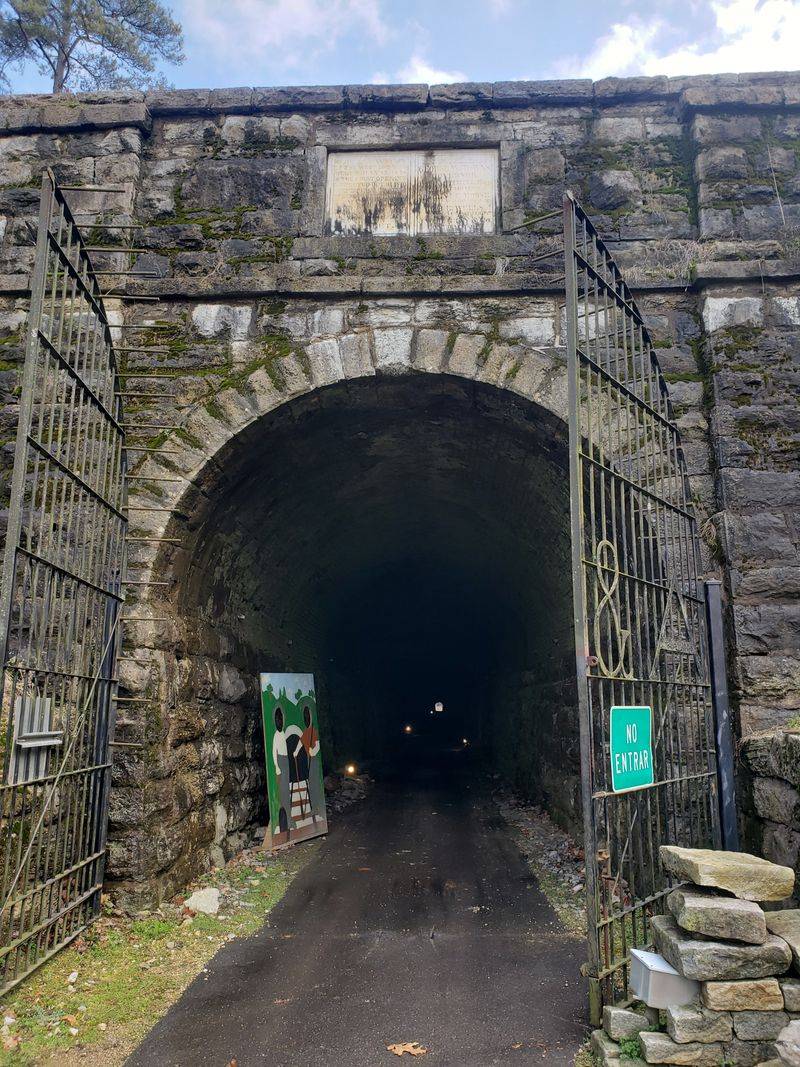
Ask any local about strange happenings around the tunnel, and watch their eyes light up like kids at a campfire.
Stories circulate about phantom train whistles echoing through the darkness, shadowy figures near the entrance, and unexplained cold spots that make your arm hair stand at attention. Some folks swear they’ve heard voices speaking in languages nobody recognizes anymore, possibly from workers who died during construction.
Whether you believe in ghosts or not, there’s something undeniably spooky about standing before this ancient passage as fog rolls through the mountains and history seems to whisper from the stones.
A Museum And Heritage Center Bring The Tunnel’s Story To Life
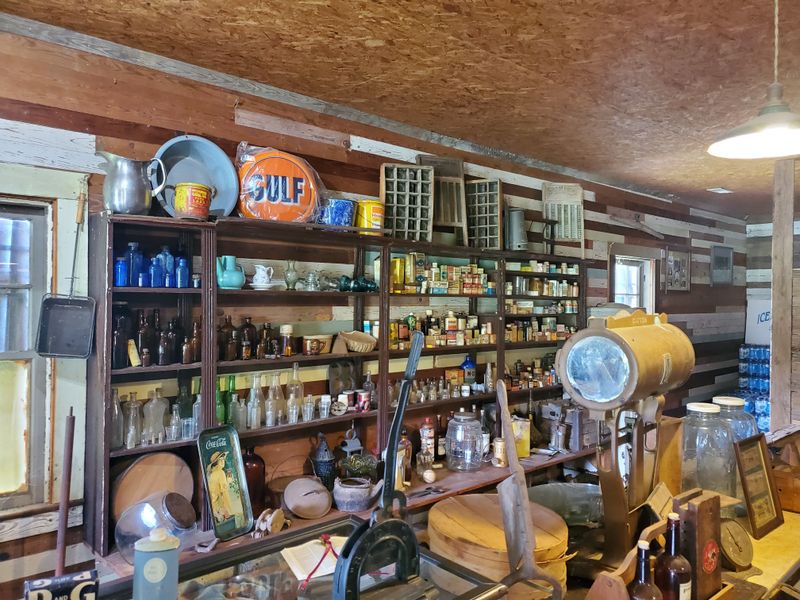
Understanding the tunnel’s full story requires more than just staring at rocks, which is why the Tunnel Hill Heritage Center exists.
This museum packs in artifacts, photographs, documents, and exhibits that explain everything from construction techniques to Civil War drama to ghost tales. Interactive displays help visitors grasp how revolutionary this tunnel was for its time, while knowledgeable staff members share stories passed down through generations.
The center transforms casual tourists into tunnel enthusiasts, proving that education doesn’t have to be boring when the subject matter involves explosives, train chases, and engineering triumphs.
One Of Georgia’s Most Well-Preserved Railroad Artefacts

While many historic structures crumble into forgotten piles of rubble, Chetoogeta Mountain Tunnel stands proud like it’s auditioning for a preservation award.
Thanks to continuous use and careful maintenance over the decades, this tunnel remains in remarkable condition. The original stonework, archways, and structural elements have survived nearly two centuries of weather, wars, and wear. Preservation societies and railroad enthusiasts have worked tirelessly to ensure future generations can experience this piece of living history.
Walking through it feels less like visiting a museum and more like stepping into a functional time machine.
A Passage That Changed Transportation In North Georgia Forever

Before this tunnel punched through Chetoogeta Mountain, transporting goods and people through North Georgia was about as efficient as mailing a letter by carrier pigeon.
Mountains created natural barriers that made travel expensive, slow, and frustrating. Once trains could zip through the tunnel, everything changed overnight. Commerce boomed, towns sprouted up, and suddenly the region connected to larger markets and opportunities. Agriculture, industry, and population all exploded because this tunnel made previously isolated areas accessible.
Without it, North Georgia’s development would’ve crawled along at a snail’s pace for decades longer.
